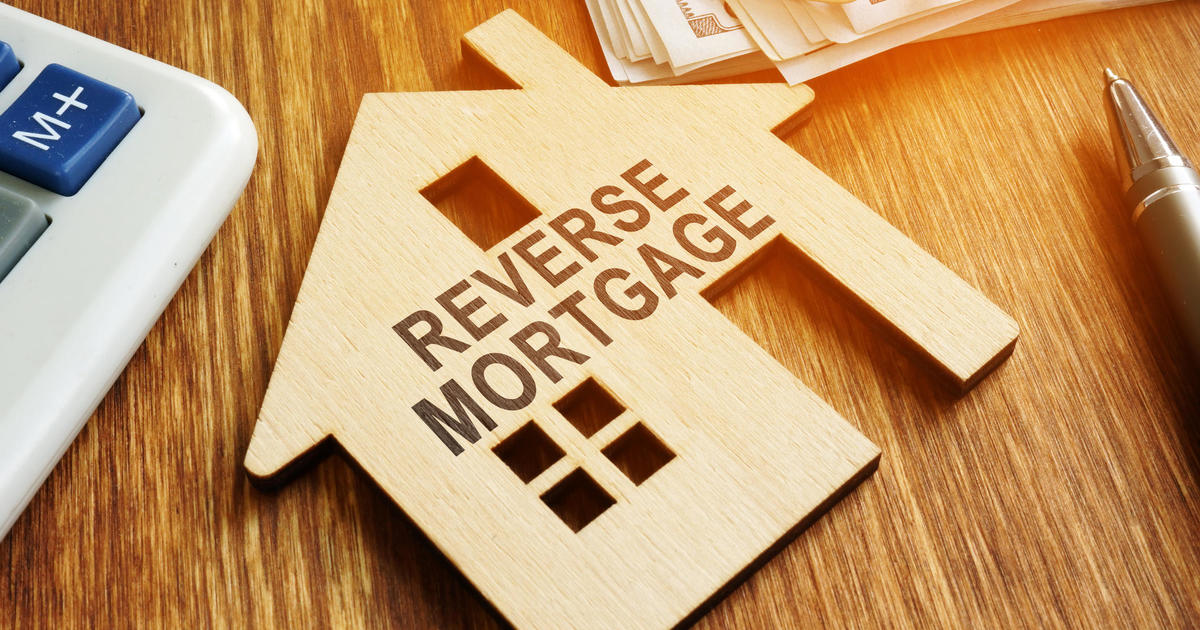Should you refinance your home in 2024? Here's what some experts say
The Federal Reserve raised interest rates several times in 2023 to combat high inflation. That made it more expensive not only for Americans looking to buy homes but also for existing homeowners hoping to refinance.
In fact, in many cases, it all but discouraged refinancing, as an estimated 80% of homeowners had a current rate of 5% or less. So refinancing would have meant trading in that low rate for today's 6 to 7% mortgage rates.
It's a new year, though, and anything can happen. Are you considering a potential mortgage refinance in 2024? Below, we'll break down when experts say it might be a smart move — and when it might not be.
See what mortgage refinance rate you could qualify for here.
Should you refinance your home in 2024?
Here's when a mortgage refinance could be beneficial in 2024, according to the experts we spoke to.
You want a lower mortgage rate
One of the most common reasons homeowners refinance is to get a lower mortgage rate (and, subsequently, a lower monthly payment). This hasn't been possible in recent years, as average mortgage rates have been higher than what most homeowners have on their current mortgages.
In 2024 though, that's likely to change. The Federal Reserve has indicated it could cut interest rates three times next year, and as mortgage rates tend to follow the same trajectory as the Fed's rate, those are expected to fall, too. According to the Mortgage Bankers Association, the average rate on 30-year mortgages could reach 6.1% by the end of 2024.
While that won't be much of a motivator for those with rates under 5 and 6%, homeowners who bought their properties in the last couple of years — when rates were higher — could see benefit from refinancing.
"For those that closed a mortgage loan in the last two years, it will most likely make sense for them to refinance their rate at some point in 2024," says Christy Bunce, president of mortgage lender New American Funding. "We are already seeing an uptick in refinances."
Some homeowners — especially those with larger loan amounts — could save money with even a minor reduction in their rate.
"The larger the loan amount, the smaller the improvement in rate is needed to justify a refinance," says Faramarz Moeen-Ziai, branch manager at CrossCountry Mortgage in Berkeley, California.
Learn more about today's mortgage refinance rates here.
You want to get out of an adjustable-rate mortgage
Homeowners with adjustable-rate mortgages (ARMs) may also consider refinancing. These loans have rates that are set for only a few years, then after that locked-in period passes, the rate (and payment) can increase regularly based on the index it's tied to. This can make it hard to budget for and can add financial stress to your household.
As Brian Shahwan, a mortgage broker at William Raveis Mortgage, explains, "Borrowers with an ARM product that's reaching the end of its initial lock period will want to consider refinancing — even if current rates are higher than what they already have."
In this scenario, borrowers would want to be sure and choose a fixed-rate mortgage upon refinancing. This would allow them to get a consistent rate and payment for the entirety of their loan's term.
You want to cancel your mortgage insurance
Many loans come with private mortgage insurance (PMI), adding costs to your monthly payments and, often, your initial closing bill, too. Fortunately, refinancing may allow you to get rid of those extra costs.
"Depending on the homeowner's market and original loan-to-value ratio, there may be opportunities to remove mortgage insurance from the monthly payment or refinance to a different loan type in order to remove PMI," says Seth Bellas, producing branch manager at Churchill Mortgage in Wyoming, Michigan.
As Bellas notes, there are two ways to refinance and get rid of mortgage insurance. One is to refinance into a loan that doesn't require mortgage insurance — like a VA loan or USDA loan, for instance.
The other has to do with your loan-to-value ratio. If your total loan balance is 80% or less than its market value, then you can refinance into a conventional mortgage with no PMI. If you already have a conventional loan, though, you can just ask your lender to cancel the insurance once you reach this point.
You want to pay for home improvements or consolidate debt
Refinancing can also be smart if you want to pay for home repairs or pay off high-interest debts like credit cards. In this case, you'd choose a cash-out refinance, which allows you to take out a loan larger than your current one, pay off the old balance, and receive the difference in cash. You'd then use those funds to cover the costs of your home improvements or to pay off your credit card debt.
This is not only a way to cover these costs without adding another monthly payment, but it will often result in lower interest costs, too. Current mortgage rates are below 7%. Credit cards, on the other hand, have average rates of 21% or more.
"Refinancing activity is currently minimal and only a small fraction of the volume we saw just a few years ago, but those that are refinancing are typically doing so because they need to take cash out of their home and use equity to consolidate other consumer debt," says Mike Hardy, managing partner at Churchill Mortgage. "In most cases, that consumer debt is likely growing at a much higher interest rate than current mortgage rates, making it a savvy financial move."
Home repairs and debts aren't the only things you can use cash-out refinance funds for, though. You can actually use the money for any purpose — a down payment on a vacation home, for example, or even to make investments.
"Borrowers may choose to pull cash out to diversify their portfolio and use that money to invest in stocks, bonds, or real estate," Moeen-Ziai says. "Other borrowers may just want a cash cushion in a money market account paying 5 to 6% simply for peace of mind."
You plan to be in the home long-term
Before you refinance — for any reason — it's important to calculate your breakeven point. This is the month in which the refinance saves you more than it cost to execute (due to closing costs and other fees). If you don't expect to be in the home long enough to reach that point, then refinancing may not be worth it.
"For my clients, I typically target a breakeven that is 36 months or less," Bellas says.
To calculate your breakeven point, you'll take the total closing costs estimated for your refinance (your lender can give you a quote for this), and then divide that number by how much the refinance will save you each month. So, for example, if your refinance were going to cost $5,000 and save you $100 per month, your breakeven point would be 50 months — or just over four years.
The bottom line
Refinancing won't be right for everyone this year, but for some homeowners, it could have perks, including lower interest rates, reduced monthly payments or funds to pay off debts or other expenses. If you're not sure whether a refinance is a smart move for your money in 2024, talk to a mortgage professional. They can help you run the numbers and determine what's best in your specific situation.




